Tips to prevent ticks
As we begin to enter spring, be sure to protect yourself from these little beasties by following these top tips.
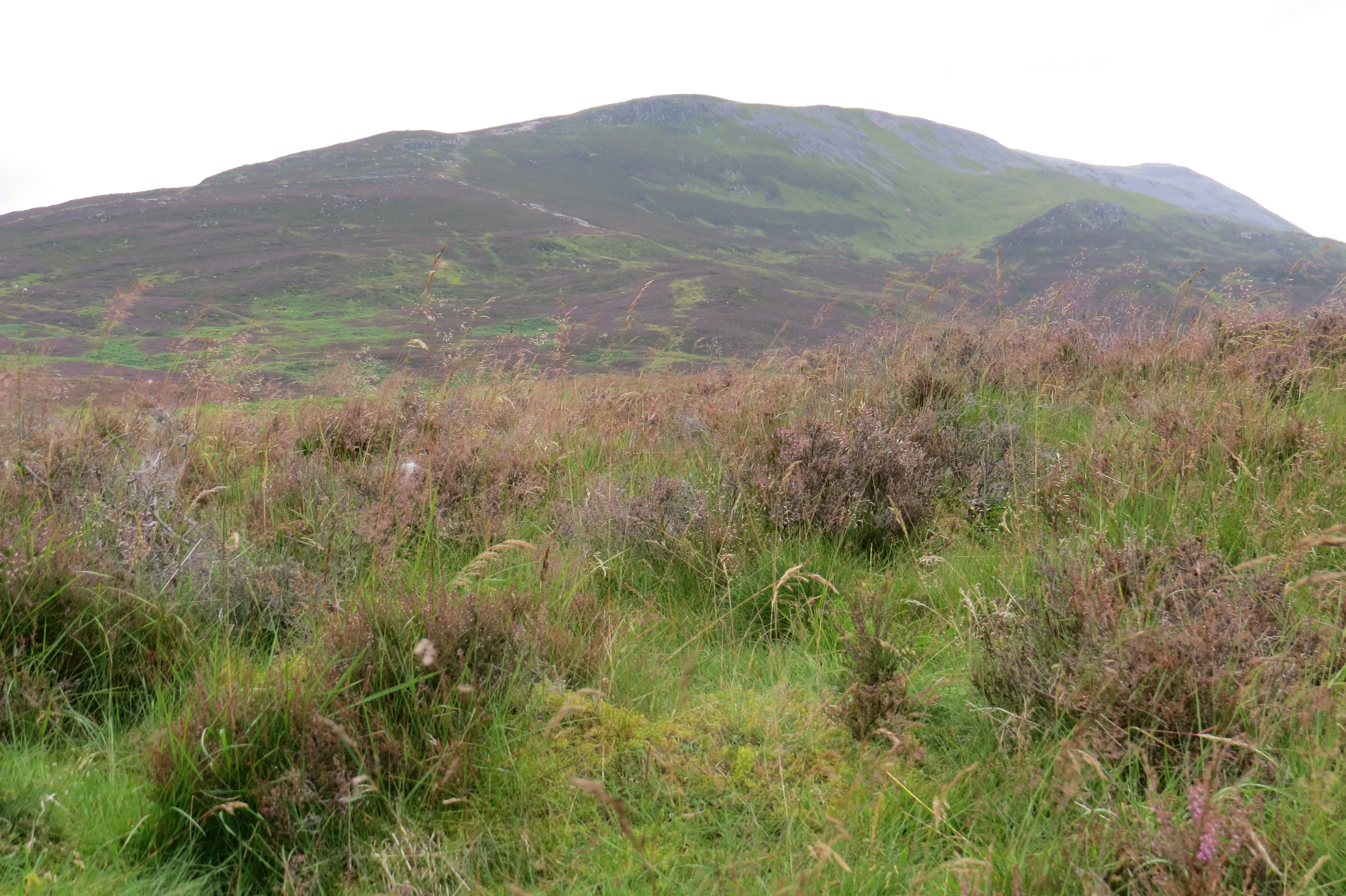
Although very small, averaging about 3 to 5 mm in length, these parasitic arachnids can cause great harm. As they move between hosts feeding on the blood supply of a variety of animals, they commonly transmit the bacteria Borrelia which causes Lyme disease, a potentially debilitating and chronic condition if not treated early.
Ticks are extremely resilient creatures and have been found in fossils from as far back as around 100 million years ago. With over 850 species of ticks existing around the world in a vast range of climates, they are most prevalent in areas with warm and humid conditions. As the beginning of spring brings with it rising temperatures coupled with frequent wet weather, this creates their perfect conditions and results in April being the month they are at their most active. Therefore, it is important to be aware of how best to protect yourself:
1. Use a repellant
Invest in a skin lotion or spray which works against biting insects. Using products which are specially formulated for ticks will ensure that any ticks which come into contact with the treated area are killed effectively. This is important even under covered skin as despite our best efforts, these critters are masters at finding their way to the skins surface. If you’re taking your dog out with you, make sure that they are also up to date on any tick treatments to keep them protected too.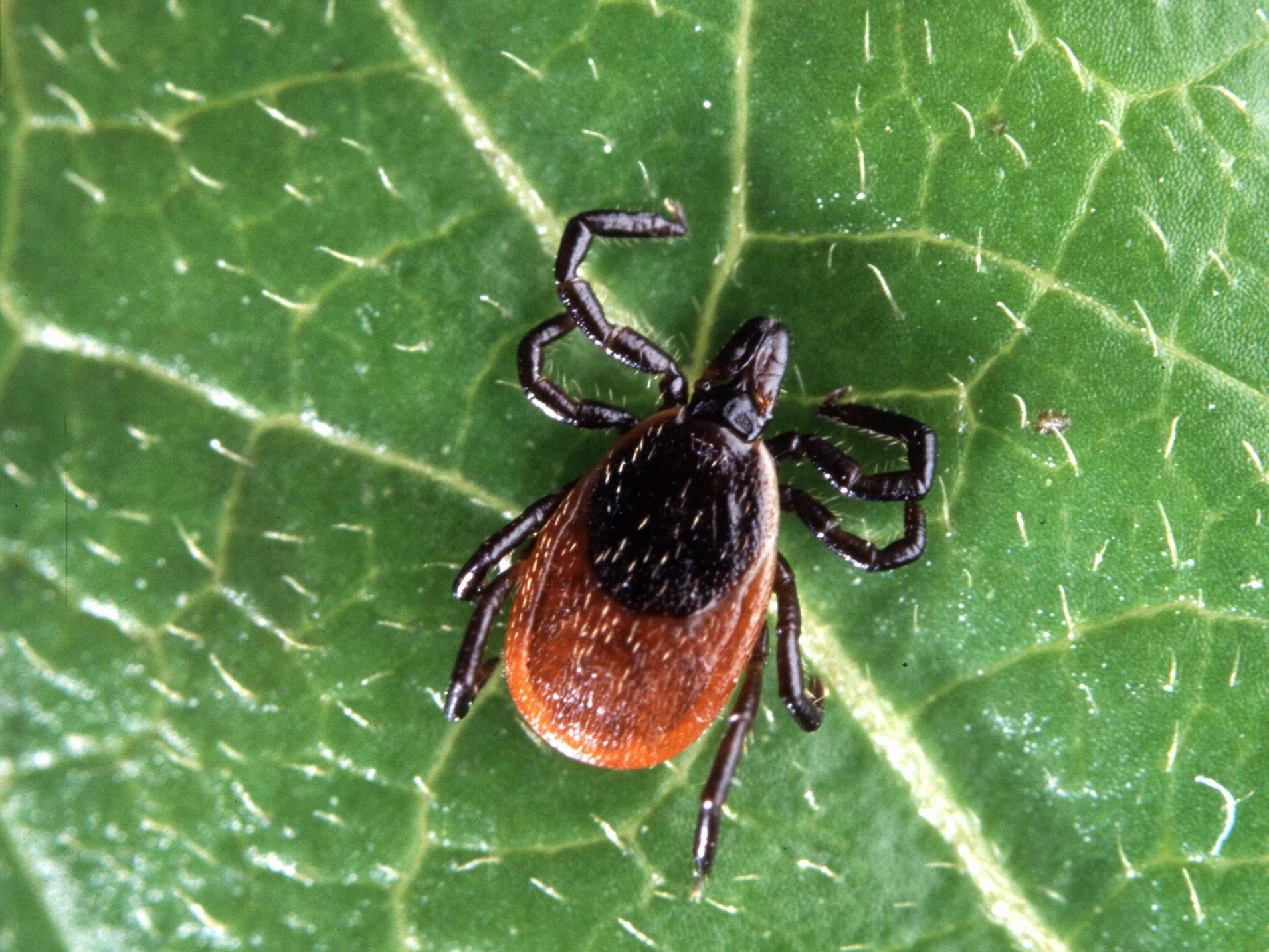
^ Deer tick (Ixodes ricinus)
2. Cover yourself up
Ticks often attach to any uncovered skin which brush against long grass. Therefore, keeping your arms and legs covered when adventuring can help prevent any unwanted hitchhikers. By tucking the base of your trousers into your socks and tucking long sleeves into thin gloves is a good way of staying protected. You can even buy pre-treated tick resistant clothing if you often find yourself in tick country.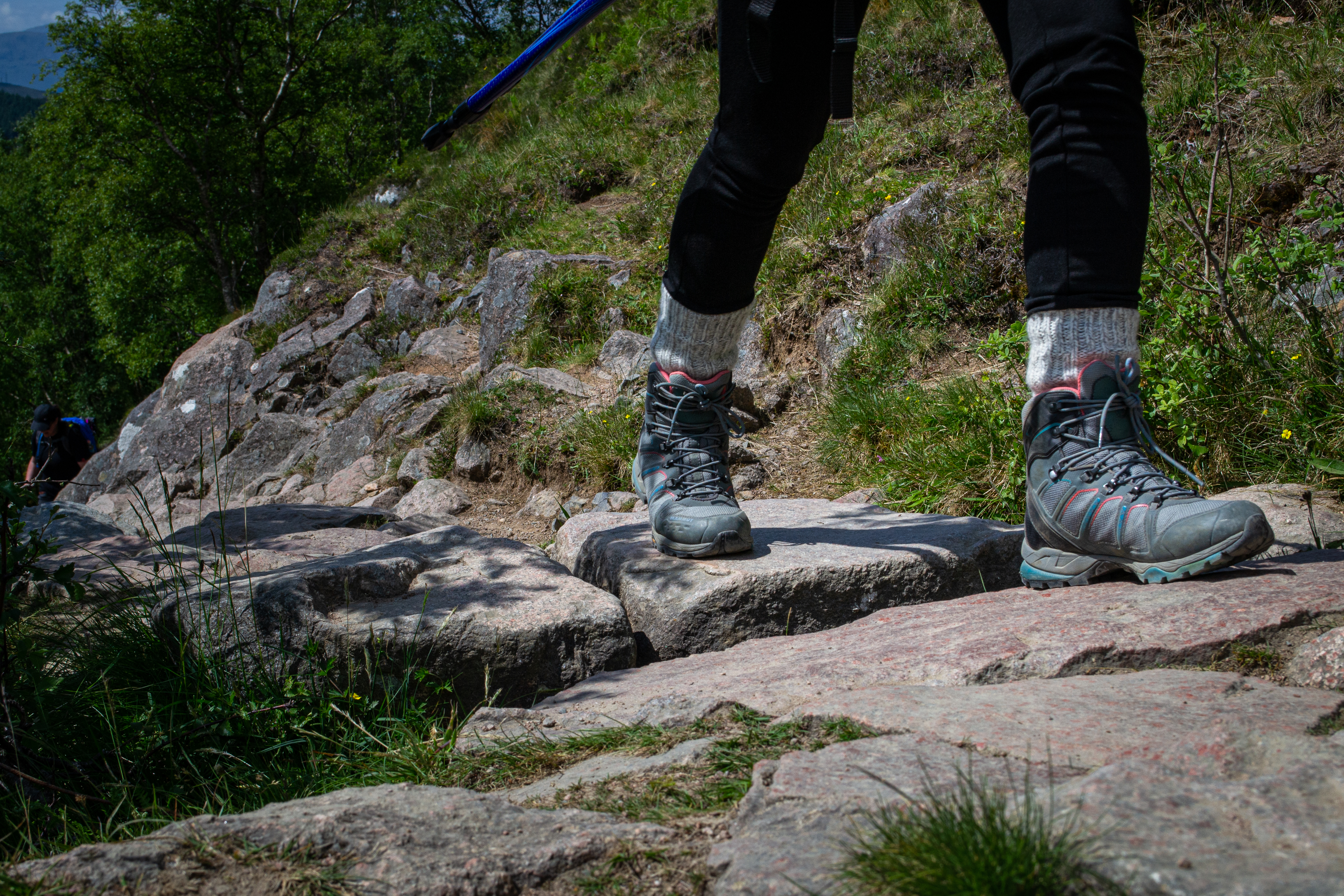
3. Wear light-coloured clothes
Apart from helping to keep you cooler in the sunshine, this is a helpful way of easily spotting any ticks that have attached onto your clothing. In the springtime this is especially important as many larvae are developing and can be as small as poppy seeds. Even if you don’t spot any ticks on your clothing, it is recommended that you wash all your clothing at a high temperature after any walks in wild places.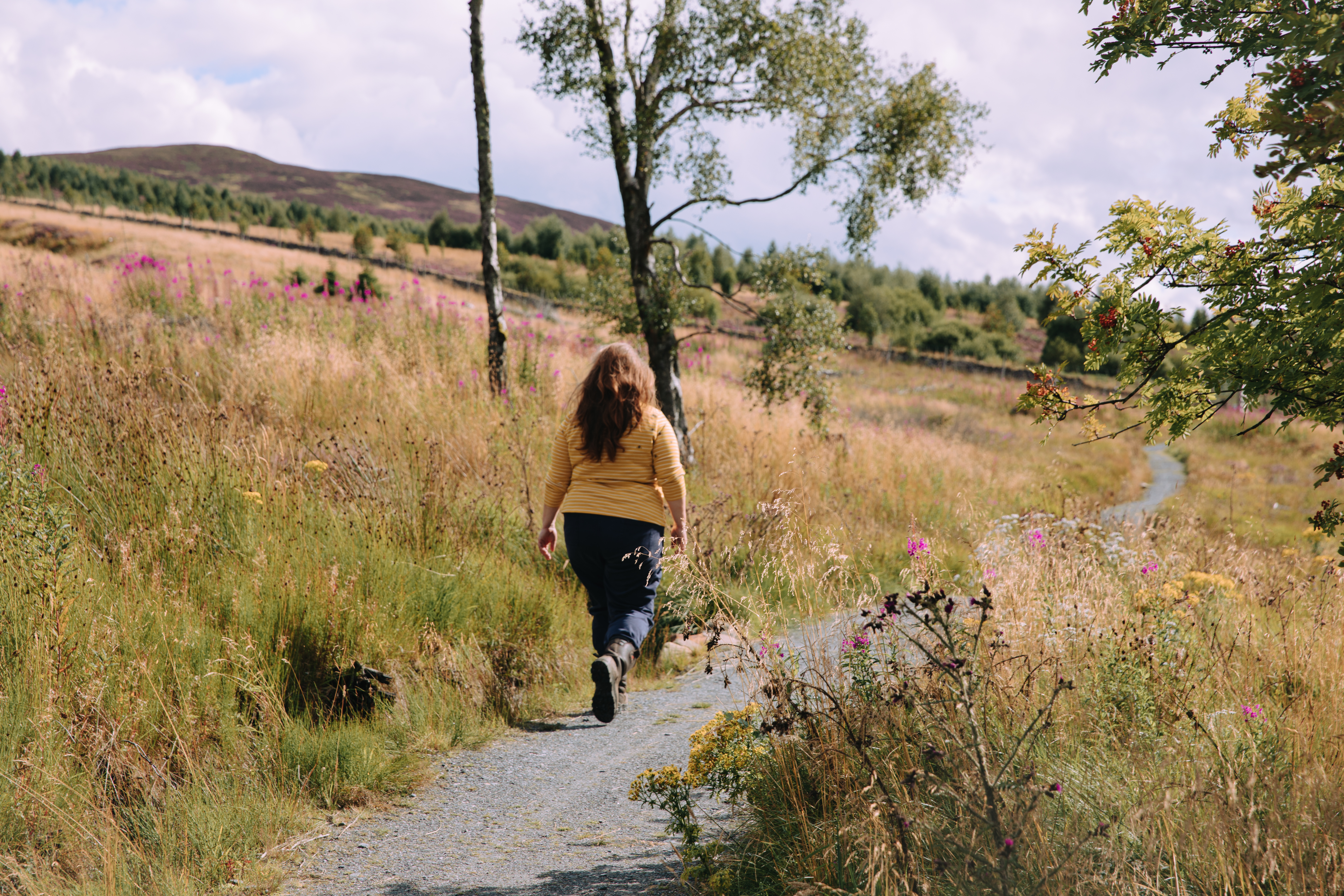
4. Avoid long grass
The habitat which ticks prefer the most is known as the ecotone, the transitional edge between grass and woodland. This is due to the moist leaf litter which gathers here as well as many potential host animals being found crossing the boundary of the two habitats. When planning your routes try to avoid walking in these areas where possible, especially if the weather has been warm and humid.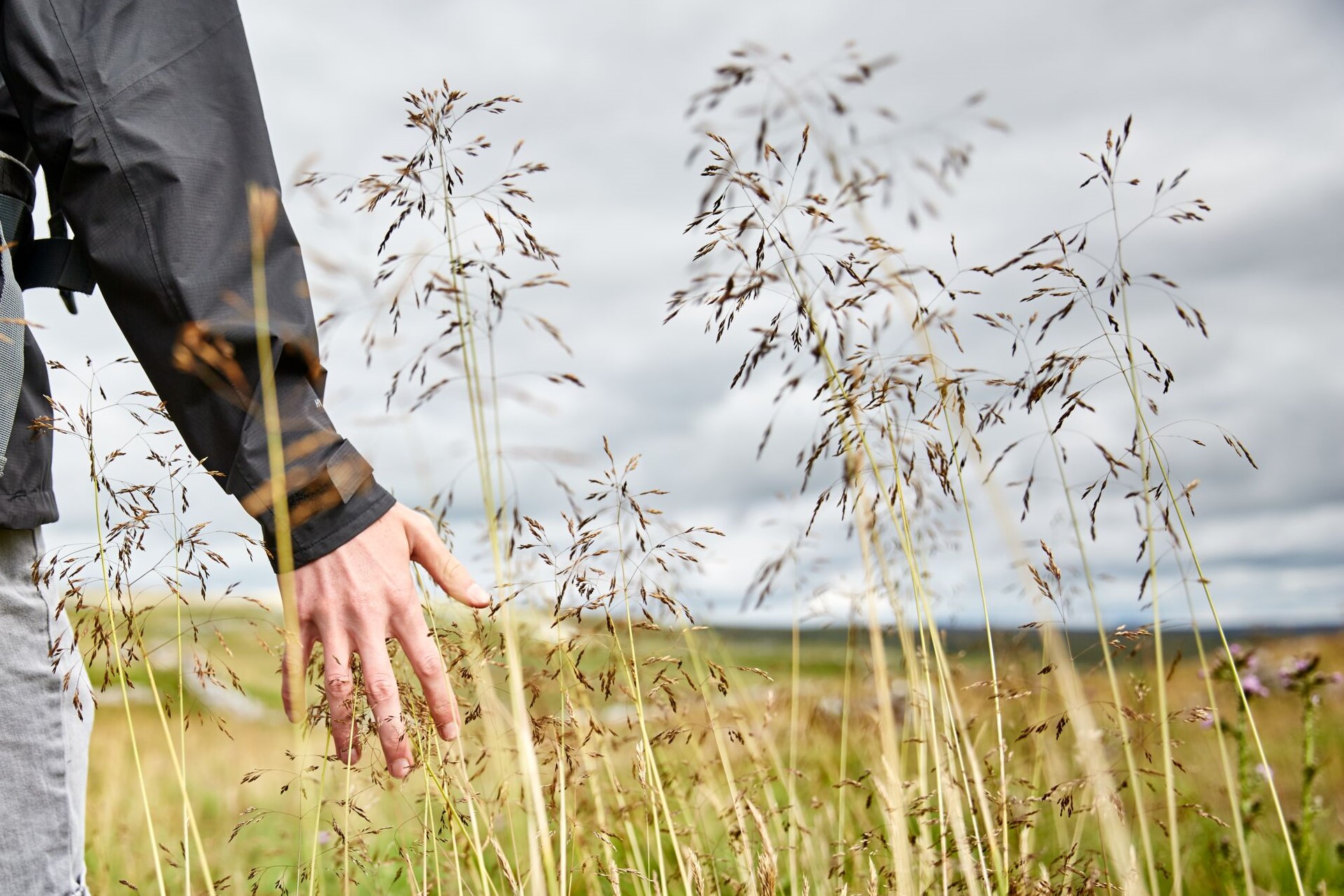
5. Check yourself out
When you return home after a walk, make sure you check over your body thoroughly for any ticks. This includes any areas that were covered in clothing, especially in any nooks and crannies that smaller ticks could hide in that are warm and have an easily accessible blood supply such as armpits, behind the ears and in-between the toes.
6. Remove quickly and correctly
If you do notice you have been bitten, its important to remove the tick as soon as you can safely do so. When attaching to their host, ticks bury their head into the skin and their abdomens enlarge as they feed. This means that you have to be incredibly careful when removing them as incorrect removal can leave the head stuck in the skin causing infection or disease-carrying fluids to be regurgitated back into the blood stream. So be sure to pack a specialist tick removal tool with your first-aid kit when out on hikes.
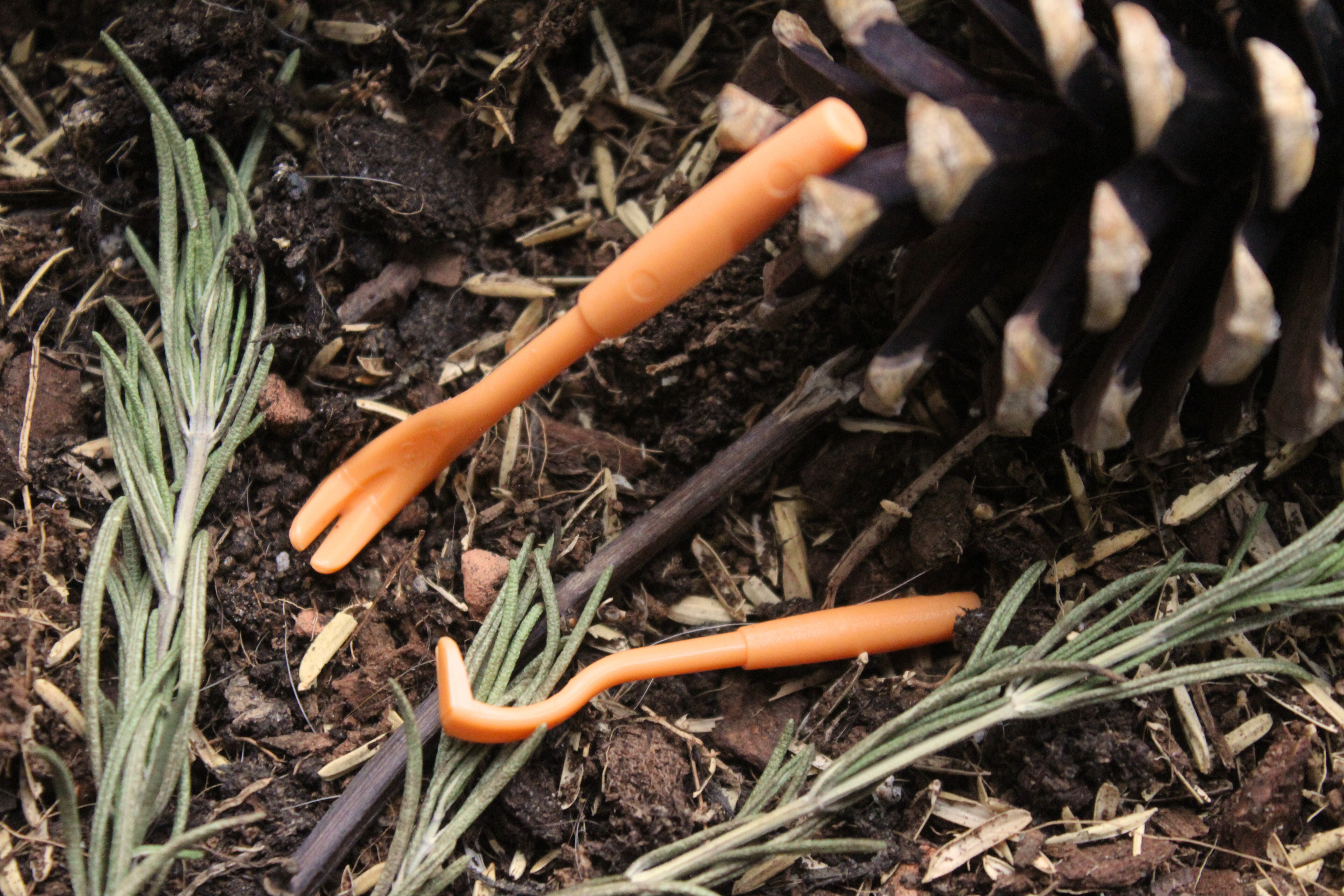
Unfortunately, due in part to the rise in global temperature caused by climate change, the occurrence of ticks and tick-borne illnesses in humans is increasing. Of the 20 species of ticks that can be found in the UK, the Ixodes ricinus, also known as the deer tick, is most likely to bite humans. As deer are significant hosts for these ticks, by reducing the number of deer through effective deer management, transmission rates will decrease and reduce the risk of diseases being spread to humans. We believe people should have the freedom to enjoy the benefits that nature can provide and by following these tips we hope more people will feel empowered to explore our wild places safely.
- *Please note, this article is intended for information only - always seek advice from a medical professional.*


